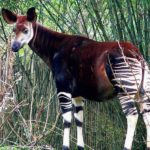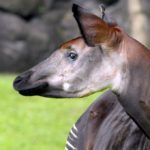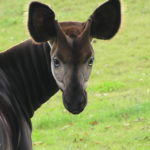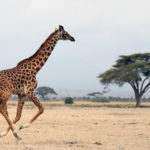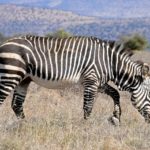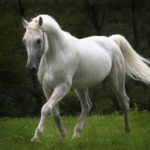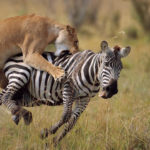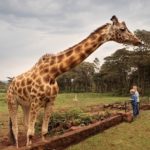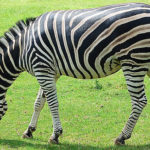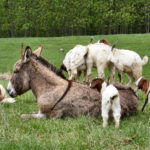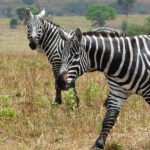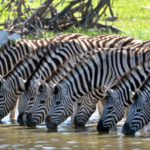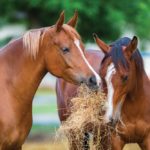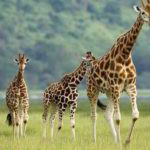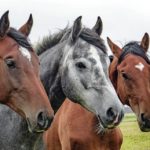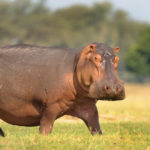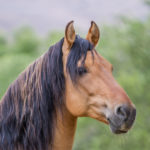Facts about okapi
 Who is the okapi – a horse, a zebra or a giraffe? Its appearance combines all the signs of these animals. At first glance, okapi are similar to horses, but their neck and limbs are longer than that of an ordinary horse. And coloring is generally misleading.
Who is the okapi – a horse, a zebra or a giraffe? Its appearance combines all the signs of these animals. At first glance, okapi are similar to horses, but their neck and limbs are longer than that of an ordinary horse. And coloring is generally misleading.
- Okapi is a rare species of cloven-hoofed animals from the giraffe family.
- They live exclusively in the basin of the Congo (Democratic Republic of the Congo). Okapi prefer a dense tropical forest in the north or east of this country.
- The okapi is very beautiful and bizarre in color: the muzzle is dark-white, the legs and croups are painted in black and white stripes, and the body itself has a noble chocolate color that shimmers in the sun in various shades of red.
- The height of the animal at the withers is 160 centimeters, and the length from the head to the tail is 2 meters. Despite their not very large sizes, they weigh well, up to 250 kilograms.
- Males are slightly lower than females, they have 2 short horns on their head. Females can not boast of such a “head decoration”.
- Their tongue is blue, just like a chow-chow dog. In addition, it is so long that the animal can easily reach them to the eyes. A tongue of this length is necessary for grasping juicy leaves from branches of trees. In addition to the leaves of the trees, okapi is very fond of fruits and mushrooms, and can also eat grass or fern.
- Okapi – daytime animals, but still try not to fall into anyone’s eyes. They are shy. Prefer to hang on one at a time. Very rarely in nature they can be found in small groups. Only in the mating season they go in pairs. Sometimes the couple is accompanied by last year’s cub.
- Pregnancy near okapi lasts 450 days !!! They give birth during the rainy season, which lasts from August to October. For childbirth the female searches for a quiet and remote place. The newborn cub, until it gets stronger, hides in its hiding place. Mother finds him by voice. First she gives a kind of mooing signal with a slight whistle, and the baby responds. The female and the baby are very attached to each other.

